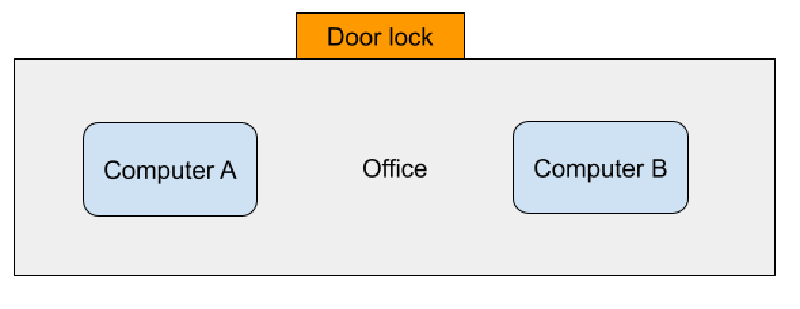Matter is a recent open-source standard for connecting devices such as light switches, door locks, motion sensors, and many others. The major goals of the standard are compatibility and interoperability. This means that you will no longer need to be an expert hacker when trying to control devices from multiple manufacturers under a single application. Apple, Amazon, and Google are some of the major members driving the standard. This is great news for the majority of adopters who haven’t yet fully embraced home automation and security.

The Matter specification is published by the Connectivity Standards Alliance (CSA) and includes a software development kit. Version 1.0 of the specification was released in October of 2022. In 2023, we saw a slew of new devices and software upgrades compatible with Matter. Version 1.2 of the specification was published in October of 2023. However, this latest specification is still missing support for a few important device categories such as cameras and major appliances. Cameras are a top priority for the CSA, and we may see Matter-compatible cameras in 2024.
Matter is an important step for the management of IoT devices because it finally brings true interoperability where it has been sorely missing for so many years. No longer will device manufacturers need to decide and budget precious software resources to support Amazon Alexa, Google Home, Apple HomeKit, or another connectivity hub. Customers will no longer be locked into using one of the major home automation providers. And home automation solutions from smaller companies will come onto the market.
An important feature of Matter is multi-admin, which means that devices can be read and controlled by multiple clients. In Matter terminology, the device, such as a motion sensor, is called a server or node, and the applications controlling it are called clients. For example, a light switch may be simultaneously controlled by the manufacturer’s app, by Alexa, and by the user’s hand-written custom API client.
Multi-admin support means that a home or business may use one application to control their locks, switches, and security sensors, and another application for reading telemetry from those same devices. Businesses will find it easier to integrate physical security with cyber security. For example, suppose a business’s device management server uses Matter to subscribe to the office door lock. It receives an alert that User A has entered their code. Afterwards, via regular scheduled telemetry, it notices a successful login to Computer B. The business SIEM (security information and event management) system should immediately flag this suspicious sequence of events.

Of course, the example above can be accomplished today by writing some custom code or using a third party integration. What Matter brings is scalability to such security approaches. The code and integration will no longer need to be redone for each new device and version that comes onto the market.
